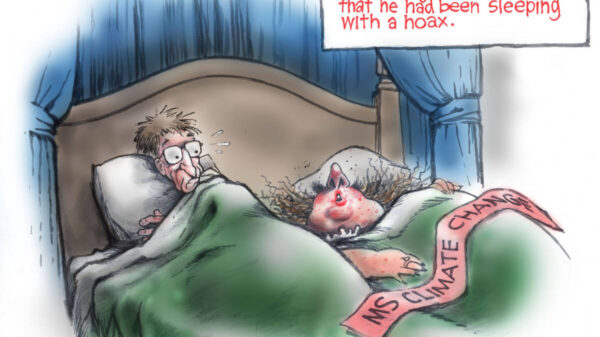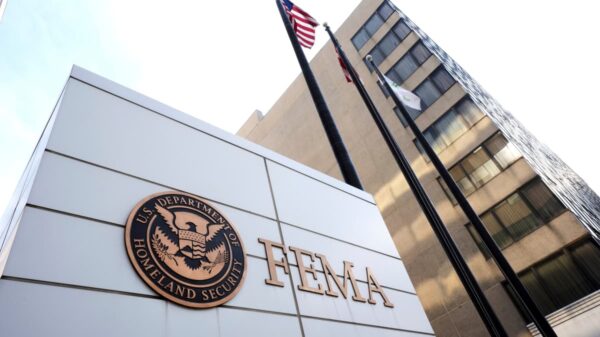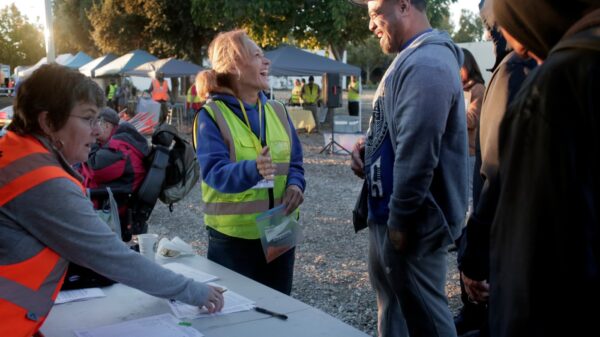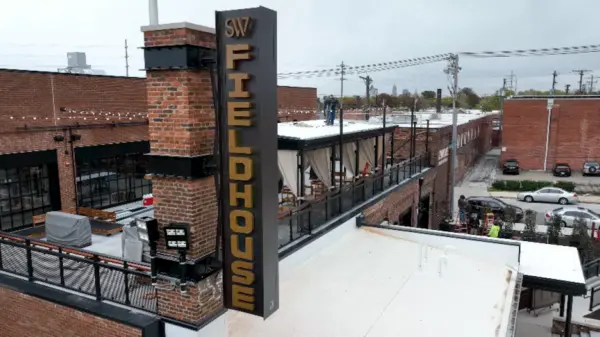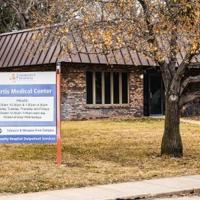The closure of the Curtis Medical Center in Nebraska highlights the immediate consequences of recent budget cuts. On March 9, 2024, the facility ceased operations, marking the first significant impact of a budget bill supported by President Donald Trump. This legislation, which is projected to add $3.3 trillion to the national debt, extends tax cuts for wealthier Americans while imposing cuts on essential programs for low-income individuals, including a $1 trillion reduction in Medicaid funding.
Representatives from Nebraska, including Rep. Adrian Smith, Rep. Mike Flood, and Rep. Don Bacon, voted in favor of the bill despite warnings from the Nebraska Rural Hospital Association. The organization cautioned that the cuts would adversely affect over 20 maternal care wards and mental health services in the Panhandle. Within two years of the cuts taking effect, six rural hospitals could face closure.
The McCook Community Hospital, which operated the Curtis Medical Center for more than 50 years, confirmed the facility’s shutdown. In his defense of the bill, Smith pointed to an allocation of $50 billion for rural health providers. Critics argue this amount is insufficient, merely a stopgap that could delay the inevitable crisis in rural healthcare for a year or two.
The ramifications of the budget cuts extend beyond healthcare. The Trump administration also announced a freeze on $28.6 million in federal grants meant to improve educational outcomes in low-income areas. This funding freeze shocked the state’s congressional delegation and left school officials scrambling, as many had already planned for the upcoming academic year based on expected funding.
If the freeze remains in place, it could have disastrous effects on vulnerable children in Nebraska. Gov. Jim Pillen supported the freeze, seemingly at odds with his stated commitment to prioritize the welfare of children. His claim that these educational programs are part of an “ideological agenda” that does not enhance student outcomes has drawn criticism, particularly when many believe such funding is essential for supporting the state’s most disadvantaged youth.
As Nebraska grapples with these challenges, the ripple effects of budgetary decisions continue to unfold, significantly impacting communities and essential services. The closure of the Curtis Medical Center serves as a stark reminder of the real-world consequences of legislative choices.













